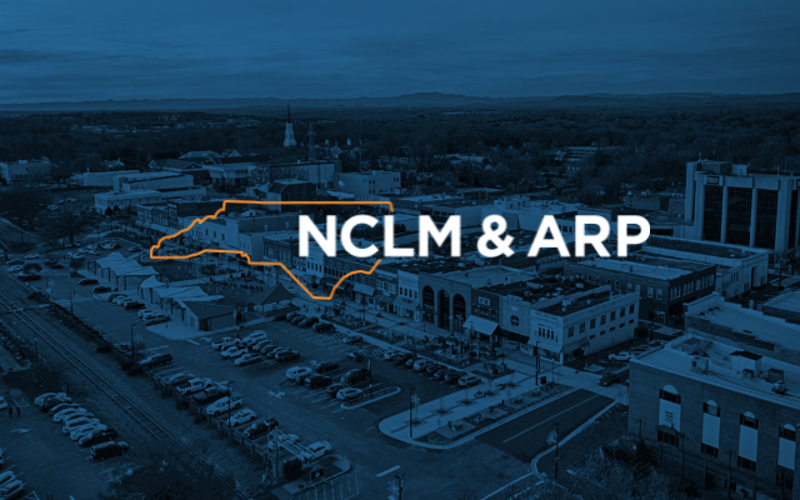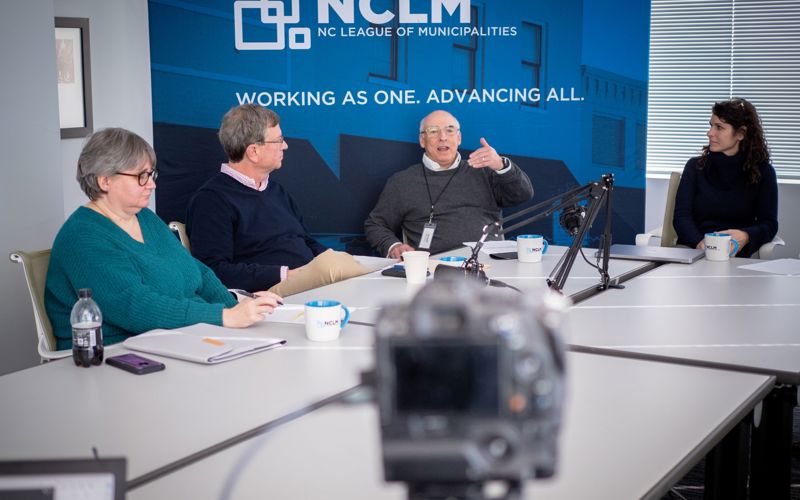Since March 2020, cities and towns across North Carolina have dealt with a financial crisis caused by no action of their own, but rather by a deadly, global pandemic. Health measures, lockdowns, an inability to gather—these consequences of COVID-19 produced an economic fallout that has impacted all areas of our state. Thread through every cancelled event and empty street is a story of financial hardship, for residents, business owners and local governments alike.
Cities' and towns’ coffers rely heavily on sales tax and occupancy tax—two revenue sources that were hit the hardest by the pandemic. As health precautions and rising unemployment hindered normal economic activity, less money changed hands, and less sales tax was collected; travel and tourism severely diminished, and less occupancy tax was collected.
This revenue is not excess. It is critical, and used to provide the key public services that our residents rely on: public safety, infrastructure, water, and more. As our citizens struggled through the pandemic, our municipalities suffered as a result. And as our municipalities suffered, our citizens were harmed even more.
This issue has been the top priority for the North Carolina League of Municipalities for 12 months. Led by local leaders across the state, we held regular educational sessions on how to adjust and persevere through the pandemic. Resources and updates were shared with members on a weekly—sometimes daily—basis, and with a grassroots effort, we advocated to both state and federal leaders on the need for assistance. Our mayors wrote op-eds. Our councilmembers contacted policymakers. And our League, as a whole, made abundantly clear the significant damage that would be done to our citizens and our state if assistance was not provided.
Thanks to you, the members of the League, our voices were heard.
With the passage of the American Rescue Plan on March 11, 2021, direct assistance will be provided to cities and towns for the first time since the onset of COVID-19. On this site, we detail what that means, what money can be expected, and what it can be used for. We also provide guidance and educational resources, ensuring that our municipalities make the most of this relief, not just to recover from a painful year, but to thrive for many years to come.
Once again, to all of our cities, towns, leaders and officials—thank you.











